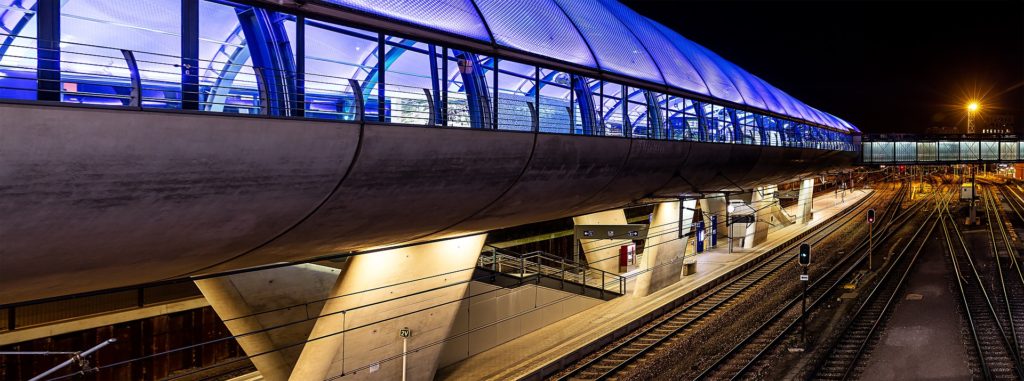LED technology has come a long way since its conception in 1962 when scientist Nick Holonyak Jr., (who was only 33 at the time), attempted to create a laser. What he didn’t realize is that he had developed an even more interesting piece of technology—the “light-emitting diode,” or LED. It’s rather interesting to see how LED lights have advanced, so let’s take a look.
The LED Technology Revolution
The first LEDs were for sale around 1968, but the technology had a long way to go before it was up to standards with LED technology today. Back then, LEDs let off a rather small amount of lumens. Despite being energy-efficient, people were looking into incandescent bulbs instead. However, they were used more industrially, thus beginning the LED revolution.
The importance of LED
All other forms of light used electricity to create heat, hence creating light. LEDs, however, use a unique technology of semiconductors that create a phenomenon of glowing photons. This technology, though weak in lumens, sparked the curiosity and involvement of scientists around the world. It was a technology ahead of its time.
Years later, LEDs became more valuable and useable. LED technology was the young science project with a lot to prove, and it did so effectively around the 90’s. The first ultra bright LED lights started to come out just in time for the future of the 21st century.
To sum up how LED benefits more than other light sources, LED lights got to 100 lumens per watt, whereas incandescent bulbs only reach about 15.
How LEDs have advanced
You may not realize it, but you see the LED revolution every day—your cell phone, your computer, and even traffic lights. They’ve all ushered in LED lights as a powerful and cost-effective solution.
That’s exactly it, though: cost effectiveness alongside sheer power. Edison’s incandescent bulbs burn for a mere 1,000 hours, a fraction of LED’s cheaper 10,000-hour bulbs. Many people have criticized LED lights without giving them a chance, simply because of this antiquated idea that LEDs are hard to look at.
While that used to be true, LED lights are constantly improving their Color Rendering Index (CRI), which is the crude “thing” people didn’t like about LED lights. The ideal CRI is around 100, and anything below 90 is much less appealing.
LED lights used to be rather low on this scale, giving off a pretty noticeable unnatural light. LEDs have since risen to around 90 and are considered great-looking light sources.
LED Products in Las Vegas
LED Light and Power has a variety of LED products that are perfect for so many setups. Check out our shop now!

Comments are closed.